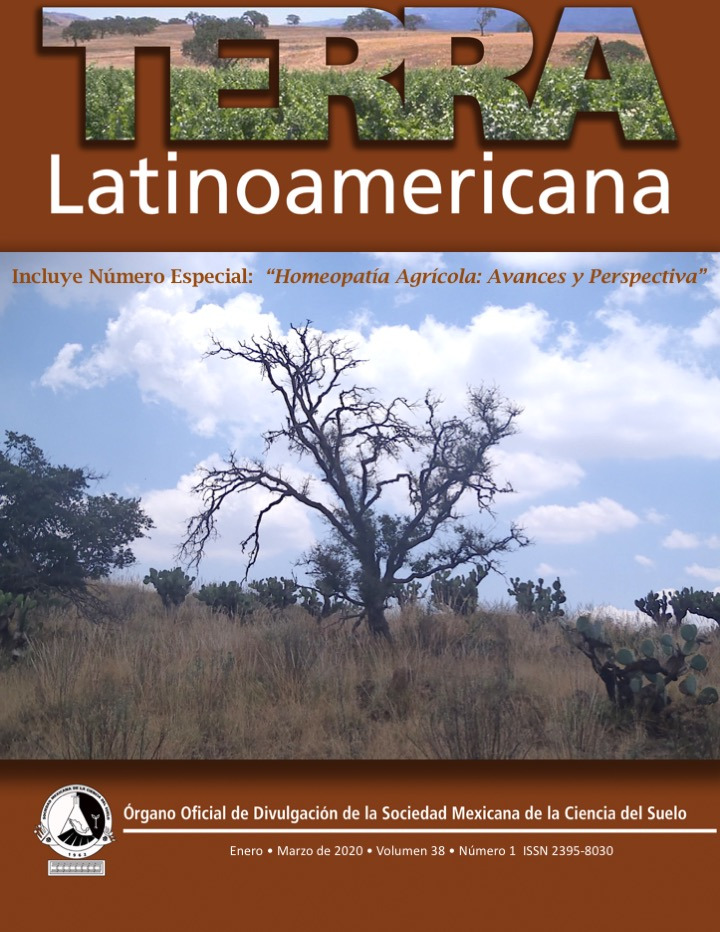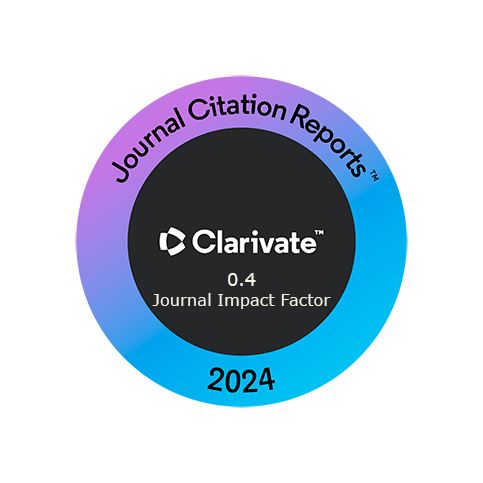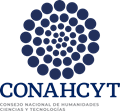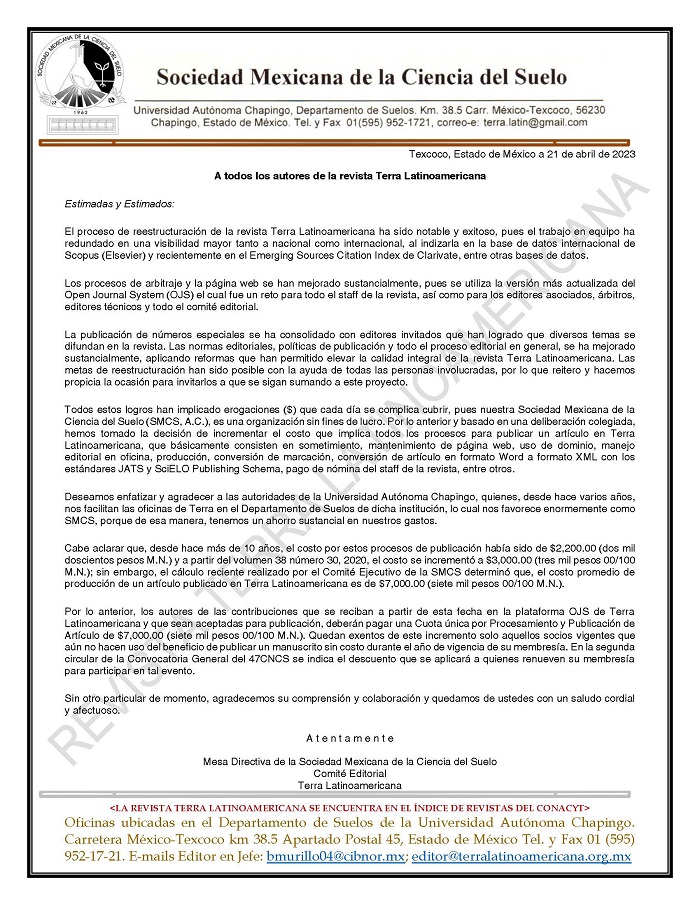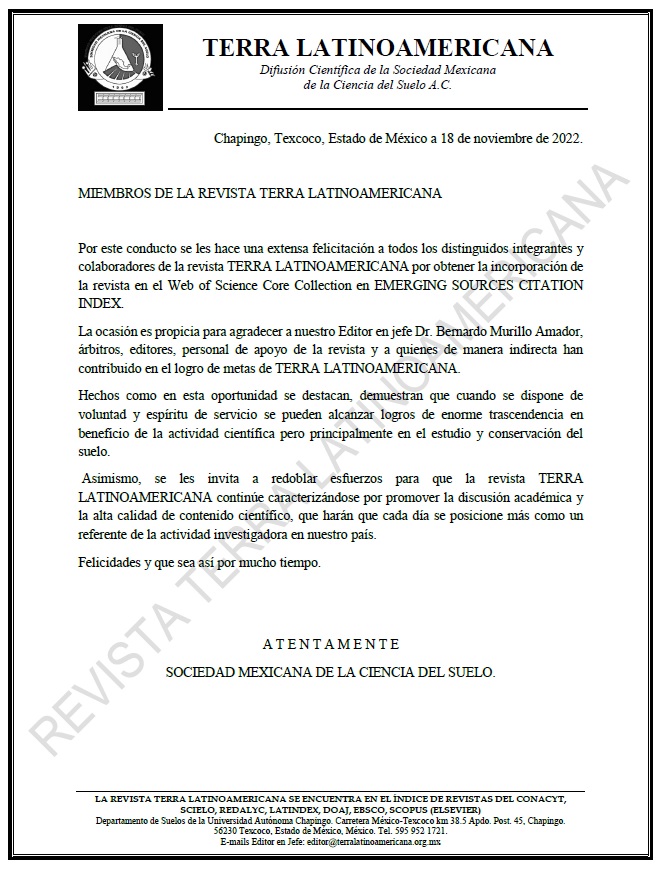Effect of homeopathic medicines in tomato plants (Solanum lycopersicum L.)
DOI:
https://doi.org/10.28940/terra.v38i1.718Keywords:
germination, agricultural homeopathy, vegetables, innocuousnessAbstract
Agrochemical use in horticultural cultivations generates negative effects, thus the need for searching to decrease or eliminate its use by means of other less toxic techniques. Agricultural homeopathy represents an alternative for ecological agriculture, impacting positively in cultivation development. The effect of four homeopathic medicines for human use were assessed in two centesimal dynamizations (7CH and 13CH) [(Silicea Terra (SiT), Natrum muriaticum (NaM), Zincum phosphoricum (ZiP) and Phosphoricum acidum (PhA)], and a control treatment (distilled water) on tomato plant germination, emergence, and initial development. The treatments were established under a randomized complete block design with three repiclates. Germination and emergence rate and percentage and morphometric variables (plant height, radicle length, dry and wet weight) were assessed, including the variables in stem diameter and wet and dry leaf weight, number of branches, leaves, and buds in the vegetative development stage. Signif icant differences were observed in all the morphometric variables assessed in function of the different development stages, homeopathic medicines, and their different dynamizations. During germination, greater growth in stem length was observed with ZiP-7CH (5.5 ± 0.98 cm) compared to the control group (4.3 ± 1.10 cm). During the emergence stage, the treatments SiT-7CH (6.6 ± 1.11 cm) and ZiP-7CH (5.9 ± 1.41 cm) increased stem length signif icantly whereas with PhA-7CH, the best effects were obtained in the variables assessed during the vegetative development stage, LT (94 ± 8.31 cm), leaf number (No hojas) (131 ± 27.71), fresh stem biomass (BFT) (17.20 ± 2.45 g), wet leaf biomass (BFH) (30 ± 7.72 g), dry leaf biomass (BSH) (2 ± 0.61 g), fresh root biomass (BFR) (10 ± 6.26 g), dry root biomass (BSR) (1 ± 0.43 g), and number of flower buds (No H) (6 ± 7.10). The homeopathic medicines applied impacted positively during the initial and vegetative development stages of tomato under controlled conditions. This research study represents and advance in the sustainable management of tomato cultivation.
Downloads
Publication Facts
Reviewer profiles N/A
Author statements
- Academic society
- Terra Latinoamericana
- Publisher
- Mexican Society of Soil Science, C.A.


